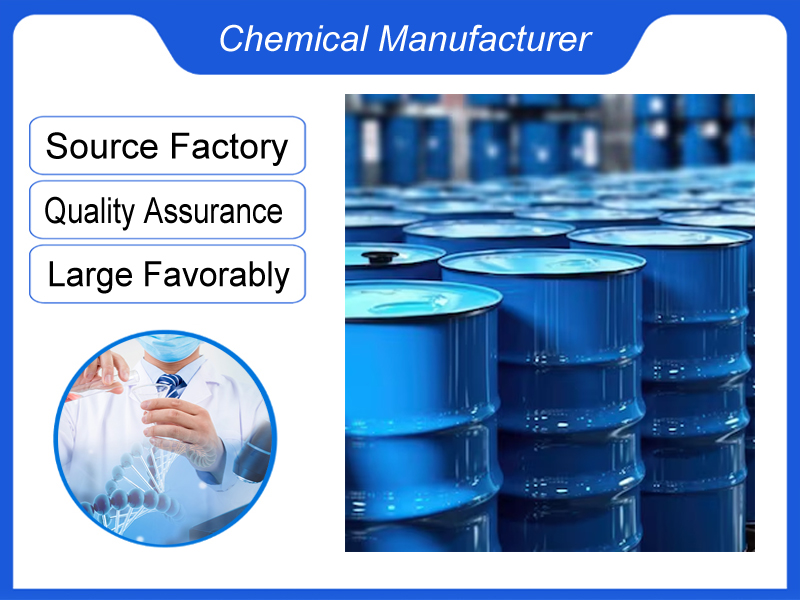
Sodium Benzoate CAS 532-32-1
We are a manufacturer based in China. We specialize in providing high-quality Sodium Benzoate CAS 532-32-1 for industrial clients across various sectors. Whether you need chemicals consultation or technical support, our team is here to help.
Category:Food Additives Own Brand:MT /MOQ:100KG /From China/ B2B only.
Introduction
Sodium benzoate is used as a food additive (preservative), a fungicide for the pharmaceutical industry, a mordant for the dye industry, a plasticizer for the plastics industry, and an intermediate for organic synthesis such as perfumes.
Product name:
Sodium Benzoate
Molecular Formula:
C7H5NaO2
Molecular Weight:
144.11
CAS No.:
532-32-1
Description
Sodium Benzoate occurs as white granules, crystalline powder, or flakes. One gram dissolves in 2mL of water, in 75mL of alcohol, and in 50mL of 90% alcohol.
Application
Sodium Benzoate is a highly effective preservative, odorless or with smell of benzoin and tasted sweet astringency. Antiseptic performance of 1.180g sodium benzoate is equivalent of about 1g benzoic acid. In acidic environment, it has obvious inhibitory effect on a variety of microorganisms, but it isn’t recommended as a preservative at pH ranges higher than 4.5. Sodium benzoate is widely used for preserving foods, beverages, pharmaceuticals and it is also used to preserve low alcohol (<15%) as well as non-alcoholic beer.
Specification
Appearance
White crystalline powder or granules
Identification
It gives reaction of sodium and benzoate
Assay
99.0-100.5%
Water
≤1.5%
Acidity or alkalinity
≤0.04%(as NaOH)
Lead
≤2ppm
Packing
25kg/paper bag or as per requirement.
Storage
Store in a cool, dry place.
Names and Identifiers
| Name | Benzoic acid, sodium salt |
| Synonyms | PUROX S ucephan sobenate BENZOTRON(R) femanumber3025 SODIUM BENZOATE Sodium benzoate sodiumbenzoicacid Benzoic acid sodium salt Benzoic acid,sodium salt sodiumbenzoate,medicinal Benzoic acid, sodium salt benzoic acid sodium sigmaultra benzoic acid sodium crystalline |
| CAS | 532-32-1 |
| EINECS | 208-534-8 |
| InChI | InChI=1/C7H6O2.Na/c8-7(9)6-4-2-1-3-5-6;/h1-5H,(H,8,9);/q;+1/p-1 |
| InChIKey | WXMKPNITSTVMEF-UHFFFAOYSA-M |
Physico-chemical Properties
| Molecular Formula | C7H5NaO2 |
| Molar Mass | 144.10317 |
| Density | 1,44 g/cm3 |
| Melting Point | >300 °C (lit.) |
| Boling Point | 249.3°C at 760 mmHg |
| Flash Point | >100°C |
| Water Solubility | soluble |
| Solubility | Soluble in water, slightly soluble in alcohol, 1g soluble in 1 · 8ml of water, 1 · 4ml of boiling water, about 75ml of ethanol, 50ml of mixed solution (47 · 5ml of ethanol and 3 · 7ml of water). |
| Vapor Presure | 0Pa at 20℃ |
| Appearance | White crystalline powder |
| Color | White |
| Merck | 14,8582 |
| BRN | 3572467 |
| pKa | 4.03[at 20 ℃] |
| PH | 7.0-8.5 (25℃, 1M in H2O) |
| Storage Condition | room temp |
| Stability | Stable, but may be moisture senstive. Incompatible with strong oxidizing agents, alkalis, mineral acids. |
| Sensitive | Easily absorbing moisture |
| MDL | MFCD00012463 |
| Physical and Chemical Properties | White crystalline or granular properties, or colorless powder, with a sweet astringent taste. soluble in water and ethanol, glycerol, methanol. |
| Use | Mainly used as food preservatives, also used in pharmaceutical products, dyes, etc |
Risk and Safety
| Hazard Symbols | Xi – Irritant |
| Risk Codes | R36/37/38 – Irritating to eyes, respiratory system and skin. R62 – Possible risk of impaired fertility R63 – Possible risk of harm to the unborn child R68 – Possible risk of irreversible effects R36 – Irritating to the eyes |
| Safety Description | S24/25 – Avoid contact with skin and eyes. S36 – Wear suitable protective clothing. S26 – In case of contact with eyes, rinse immediately with plenty of water and seek medical advice. |
| WGK Germany | 1 |
| RTECS | DH6650000 |
| TSCA | Yes |
| HS Code | 29163100 |
| Toxicity | LD50 orally in rats: 4.07 g/kg (Smyth, Carpenter) |
If you're ready to take the next step, Leave your message below and we’ll reply soon. 20+ years of chemical manufacturing & export experience, a partner you can trust.





